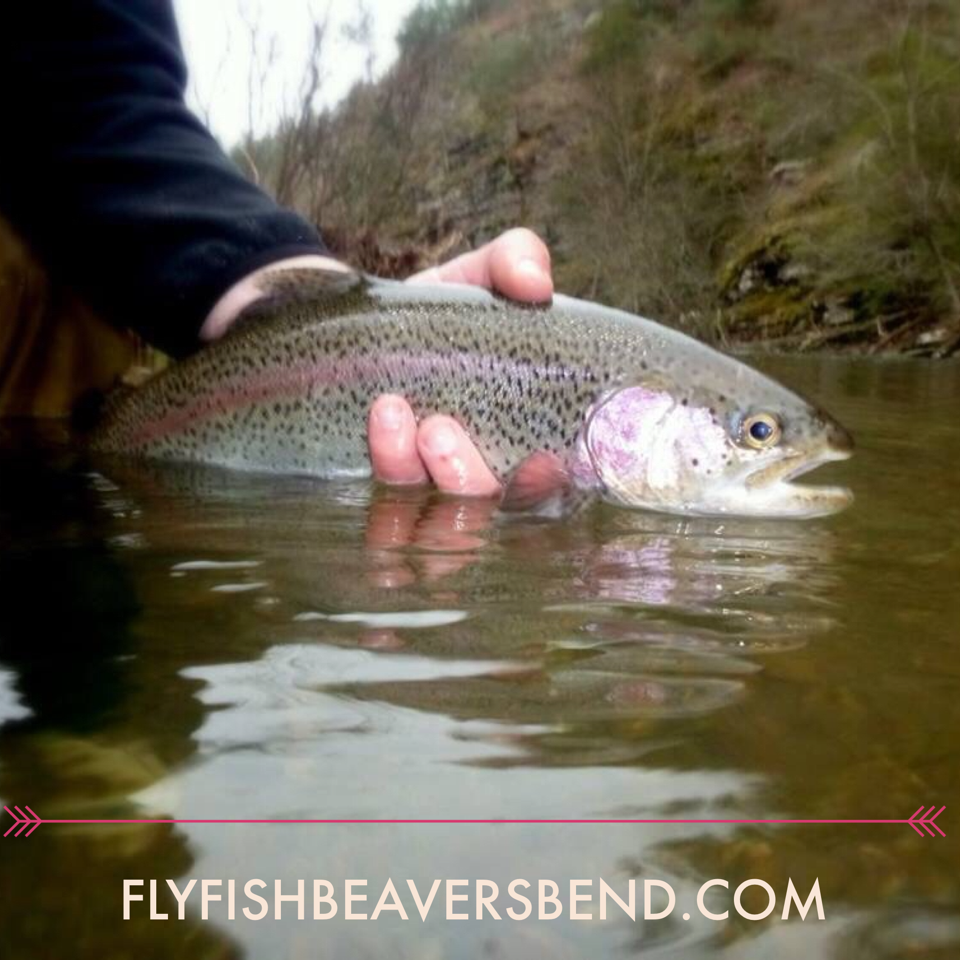Rabbit hunting, especially with good rabbit dogs, can provide some fast and furious action, and the Honobia Creek and Three Rivers Wildlife Management Areas (WMAs) offer a great opportunity to experience rabbit hunting at its best. Oh yes, the WMAs have a healthy population of rabbits for the taking as well.
The Honobia Creek and Three Rivers WMAs have two species of rabbit legal for harvest during the rabbit hunting season which generally runs from May 15 through the end of January. The common cottontail rabbit can be found in nearly all habitat types throughout the WMAs. Swamp rabbits grow to nearly twice the size of cottontails and are generally found in bottomland and wetland habitats along creeks, rivers, and naturally flooded timber areas. Hunting methods for harvesting both species of rabbit are quite similar, but knowing how each species reacts to hunting pressure and where to look for them is important when it comes to bagging a few for the dinner table.
The habitat on the WMAs consists of a diverse mix of commercially managed pine plantation and oak-hickory forest. Many creeks and two large rivers traverse through the WMAs providing perfect habitat for swamp rabbits. Cottontails are regularly encountered in both younger and mature pine plantations as well as hardwood dominated bottomland areas. Often, rabbits are found in areas with dense brush or areas with an abundance of tangled vines. Swamp rabbits are commonly found in cane thickets along creeks and rivers. Habitats such as these can be difficult to maneuver through, but a good pair of rabbit dogs can make all the difference in being able to push the furry mammals from their hiding spots and into shooting range.
Both cottontails and swamp rabbits have relatively small home ranges and rarely prefer to leave their range area even when being pushed by dogs. Very often, both cottontails and swamps will circle back to the same location they were originally flushed from. Many rabbit hunters move to the spot where the rabbit was originally located and just wait for the creature to return. In general, swamp rabbits range further out than cottontails and may take a little while longer to return, but most often they do return, especially if the dogs remain on their trail. Both cottontails and swamps do have a tendency to jump and run much quicker when the air temperature is above 60 degrees Fahrenheit. A cool fall day when the ground is a little moist is an ideal day for going after a mess of rabbits.
Hunting cottontails and swamp rabbits during the winter offers different challenges. The vegetation this time of year is all brown and dormant and rabbits have to utilize different food sources. Many of the hiding spots that rabbits used during the spring and summer are now devoid of leaves exposing the creatures to predators. As a result, both cottontails and swamp rabbits will key in on different types of habitat characteristics that offer better protection and a supply of winter food.
During the winter, look for patches of blackberry and raspberry bushes. Patches of these prickly bushes offer good protection and the tender young shoots offer a desirable source of food. Brush-piles also provide great cover, especially when overgrown with blackberry bushes. Many brush-piles exist on the WMAs as a result of timber cutting and flushing rabbits from these piles of tree tops is a great way to obtain a limit of rabbits. Without question, finding patches of clover is a great indicator that rabbits may be nearby. Rabbits simply love clover as a winter food source, and many cool-season clovers are planted throughout the WMAs, especially on old roads and in forest openings. A great tip to remember when hunting rabbits during the cold winter months is to work slow. Rabbits do not like to flush when it is cold. Stopping to pause regularly while hunting will help flush even the wariest of rabbits.
The Honobia Creek and Three Rivers WMAs are privately owned by timber companies but open to the public through cooperative agreements between the Oklahoma Department of Wildlife Conservation and each timber company. Accessing the Honobia Creek and Three Rivers WMAs for any type of recreation does require each person to purchase a Land Access Fee permit. The permit, $40 for Oklahoma residents between the ages of 18 and 64 and $85 for nonresidents (no age exemptions for nonresidents), is good for one calendar year and is sold at all locations in Oklahoma that sell hunting and fishing licenses. All revenue from each Land Access Fee permit sold goes not only toward the management of the WMAs, but also to pay the timber companies an annual lease fee to help keep the WMAs open for the public to enjoy.
Feel free to contact the Honobia Creek and Three Rivers Wildlife Management Area biologist at 918-527-5308 before planning your next hunting trip to the Honobia Creek and Three Rivers WMAs.








